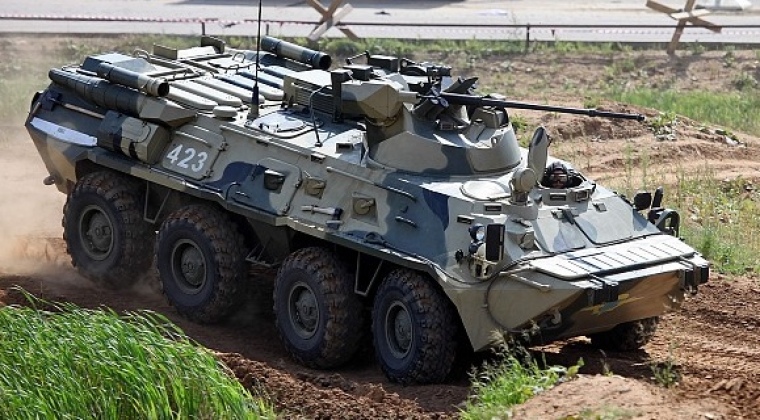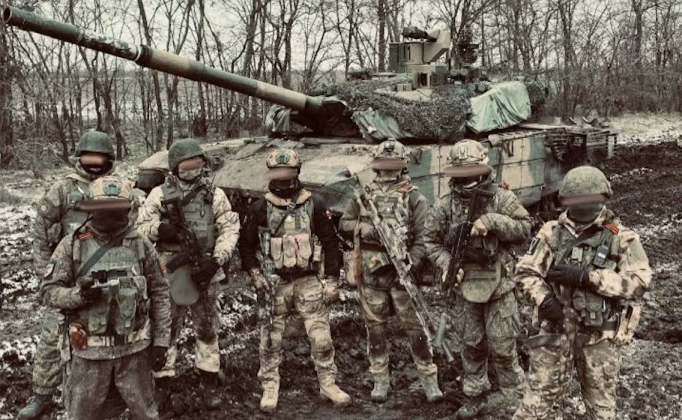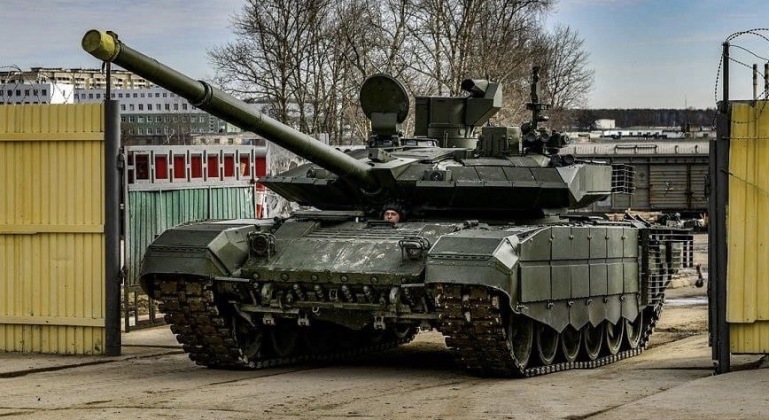News
Russian Army Chief Expresses High Satisfaction with New Generation of Armour: T-90M Tank Meets Ground Forces’ Needs
Russian Ground Forces Commander-in-Chief Colonel General Andrey Mordvichev has expressed a high level of satisfaction with the country’s new armoured vehicles, following three and a half years of intensive combat testing and incremental modernisation. “Advanced armour, such as T-90M tanks, BMP-2M infantry fighting vehicles with the Berezhok combat module, BMP-3 IFVs and BTR-82A armoured personnel carriers demonstrate high efficiency in the special military operation,” he stated, in reference to the ongoing war effort in the Ukrainain theatre against Ukrainain and supporting Western Bloc and international contractor forces. “Various armoured vehicles, such as Typhoon-K, Asteis and Ural-VPK have also proven their worth,” Mordvichev added.

The capabilities of the T-90M main battle tank have been particularly singled out by Russian officials for its advanced capabilities, with Deputy Chairman of the Russian Security Council Dmitry Medvedev previously noting in February 2024 that the vehicles “have proven themselves brilliantly during the special op period.” “Battle commanders that come back from the frontline and order equipment, they asked to help with obtaining the T-90Ms. It is a very good weapon,” he added. Medvedev previously stated in March 2023: “In my opinion, this [T-90M tank] is now the best tank in the world … It is certainly better than Leopard, Challenger, Abrams [tanks], including in terms of its tactical and technical data, even in terms of such a component as mass.” Similarly strong praise for the tank was given by President Vladimir Putin four months later in July, when he cited a report regarding the T-90M’s durability when hitting a roadside bomb, and referred to it as the best tank in the world.

Introduced into service in April 2020, after the procurement of the first ten vehicles the previous year, some of the T-90M’s most notable features have included a strong base armour, very wide coverage using Relikt explosive reactive armour, use of highly sophisticated new fire controls and thermal sights, and an independent thermal viewer and digital display for the commander. The tank’s firepower also improved significantly on its predecessors, with a new autoloader and main gun allowing it to integrate longer armour piercing fin-stabilised discarding sabot rounds with a much greater penetrative capabilities against enemy armour. Separation of the tank’s ammunition and crew, and a significant increase in the levels of protection surrounding the autoloader carousel, were also major contributors to survivability. The tank has nevertheless maintained the low maintenance requirements characteristic of the T-72 family of vehicles, making it significantly easier to operate than Western tanks or than the T-64 or T-80 that are also currently being used by both sides in Ukraine.

Despite its advanced capabilities and significant improvements in survivability compared to preceding vehicles, the T-90M has taken significant losses in the Ukrainian theatre, primarily to attacks by single use drones and loitering munitions. Concerns have been raised that even with a significant expansion of production, and active efforts to refurbish and modernise Soviet built T-62, T-72 and T-80 tanks from stockpiles, the Russian defence sector will be unable to sustain its tank fleet in the face of continued losses. Ukraine has notably suffered more acutely from armour shortages, as its supporters in the Western world have remained limited in the ability to replenish its losses. A significant reduction in attrition rates for Russian tanks in 2025 compared to previous years, however, is expected to buy critical time for T-90M production rates to further expand, as is a significant boost to survivability that is expected to be provided by the integration of the Arena-M active protection system on the T-90M and advanced T-72 variants.












